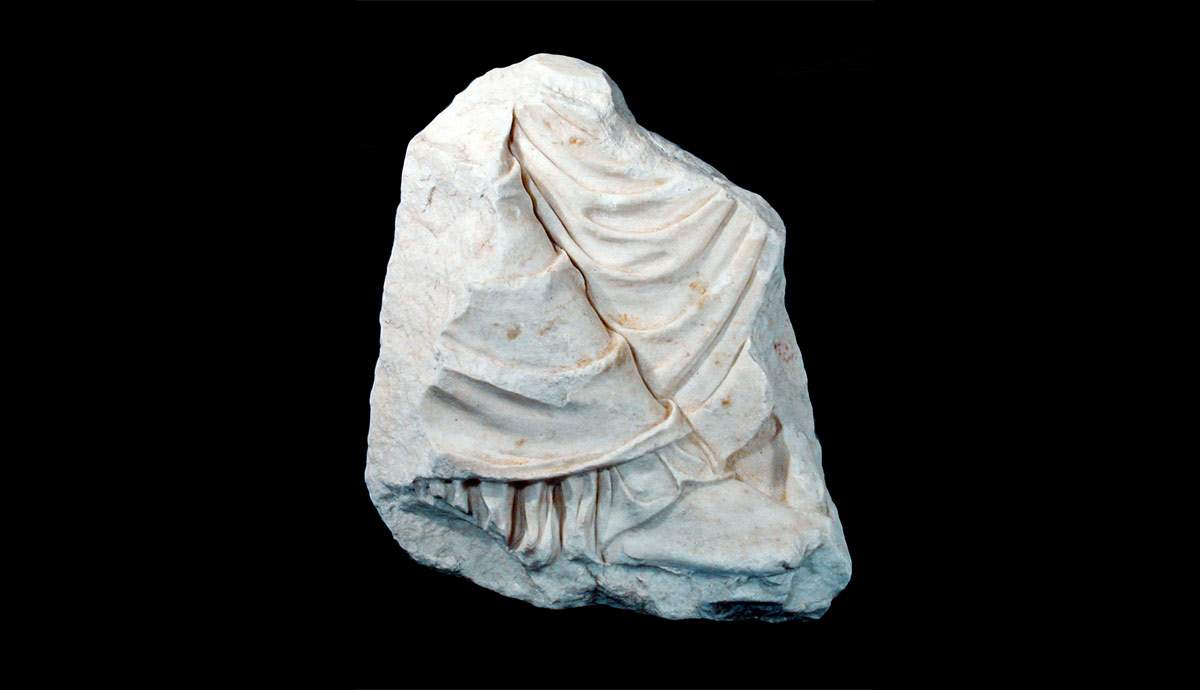Italy too has a small British Museum: like the great British museum, in fact, the Antonio Salinas Archaeological Museum in Palermo is in possession of a fragment of the Parthenon marbles removed in 1811 by Lord Elgin. Nothing to do with the bulk of the Athenian marbles preserved in the London institute, but it is nevertheless a very significant fragment, which Thomas Bruce, Earl of Elgin, handed over to the British consul in Sicily, Robert Fagan, in 1816. And he has not moved from the island since. Unlike the British Museum, however, Sicily is negotiating with Greece for a temporary return of the work to Athens.
The subject was discussed on Tuesday, Nov. 30, at a meeting of the Kentrikó Archaiologikó Symboulio (KAS), the Central Council for Archaeology, a body of Greece’s Ministry of Culture that has jurisdiction over everything related to archaeology. Item 27 on the agenda discussed a long-term loan of what is known as the “Palermo Fragment,” or Lapidary Fragment VI of the Parthenon’s eastern frieze. According to reports in the Greek press, an agreement is in fact being discussed (but by most is given as close to official) under which the Salinas Museum will grant the fragment on long-term loan, lasting eight years, and in return will receive two objects, which will remain in Sicily for four years each: a headless statue of Athena and a protogeometric vase, both kept at the Acropolis Museum in Athens, to which the Palermo Fragment will be destined. Discussions between the Region of Sicily and the Greek minister of culture, Lina Mendoni, began in January 2021. According to Greek sources, the Palermo Fragment is likely to reach the Acropolis Museum as early as the end of the year.
The duration of eight years is the maximum limit for a loan of a work belonging to Italian public collections stipulated in the Cultural Heritage Code, in the section regarding leaving and entering national territory (the Greek equivalent is fifty years instead). The Code stipulates, in Article 71, that the temporary exit of an Italian good cannot last more than eighteen months, except, Article 67 explains, for exits requested “in implementation of cultural agreements with foreign museum institutions, under reciprocity and for the duration established in the same agreements.” In the latter case, the maximum duration of an asset’s exit from Italy can be extended to a maximum of four years, renewable once: in all, therefore, eight years.
This would be the second time the Palermo Fragment has returned to Greece. It had already happened in 2008, for a two-year loan: the work had at that time returned to Greece accompanied by then-President of the Republic Giorgio Napolitano: this was the first time that one of the marbles removed by Lord Elgin returned to Greece. “We have complied with a request from the president of the Republic, Giorgio Napolitano, sharing the cultural reasons,” declared the Sicilian councillor for culture at the time, Antonello Antinoro: “the reunification, albeit ideal and temporary, of the fragment with the monument to which it belongs, represents a metaphor for the cultural and historical bond that unites Sicily with the world of ancient Greece.”
The Palermo Fragment, as mentioned, is one of the remains of the eastern frieze, which depicts the procession of the Panathenae, the most important festival of ancient Athens, with the offering of the sacred peplos to Athena before the gods of Olympus. The Palermo Fragment shows the foot of a female figure, probably Artemis, and is an important piece of Classical-era Athenian sculpture. Lord Elgin gave it to Robert Fagan, who was a great collector of antiquities: following his death, the collection became part of the Museum of the Royal University of Palermo in 1820, and then to the Salinas Museum, heir to the oldest university museum.
On the British front, however, nothing is stirring at the moment. Greece has long been pressing the United Kingdom for a return of the Parthenon marbles kept at the British Museum. But even the latest summit, between Greek President Kyriakos Mitsotakis and his British counterpart Boris Johnson, ended in a deadlock.
Pictured: the Palermo Fragment.
 |
| A Parthenon marble preserved in Italy will return to Greece |
Warning: the translation into English of the original Italian article was created using automatic tools. We undertake to review all articles, but we do not guarantee the total absence of inaccuracies in the translation due to the program. You can find the original by clicking on the ITA button. If you find any mistake,please contact us.